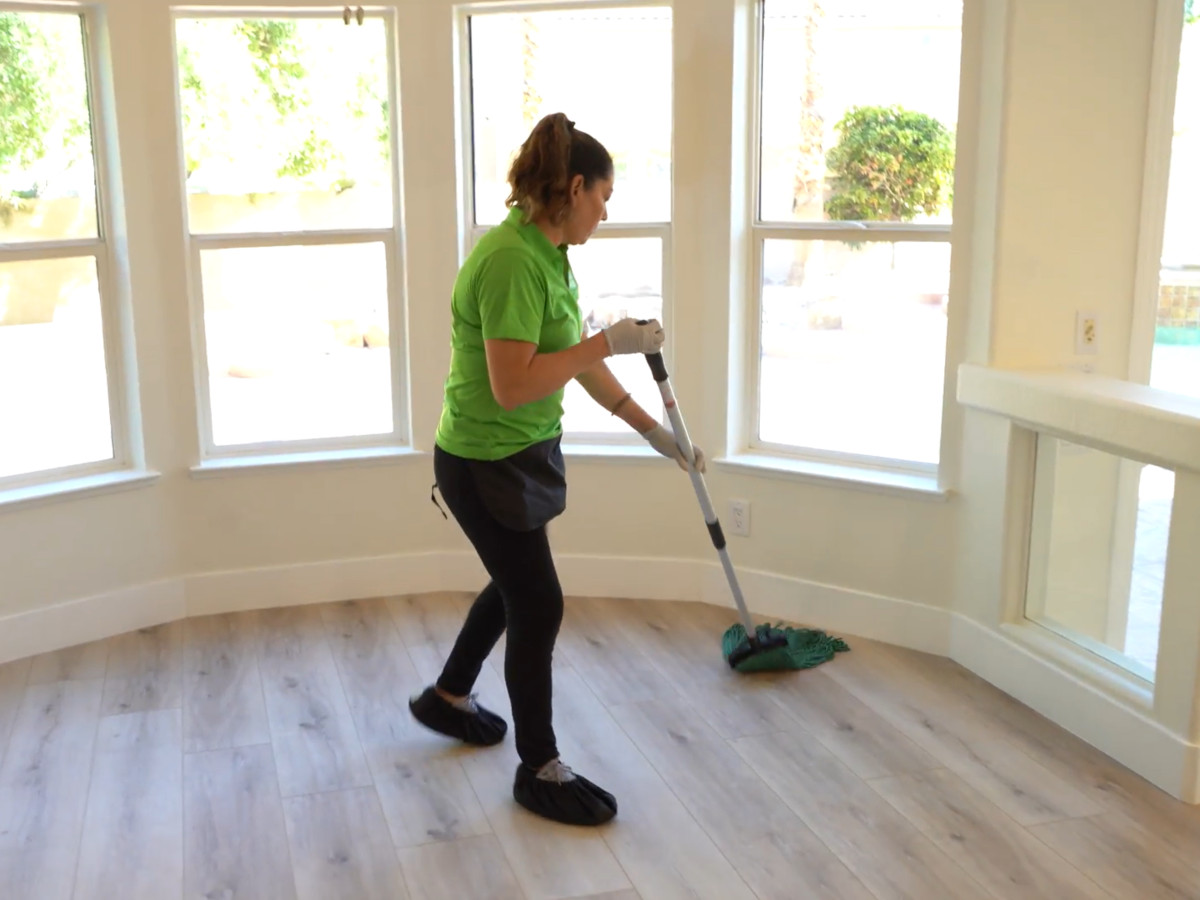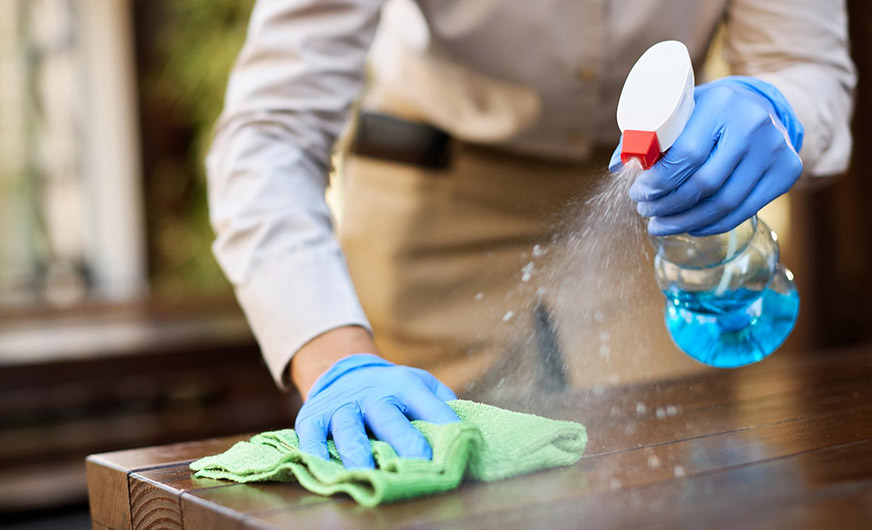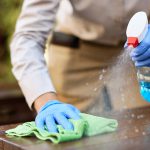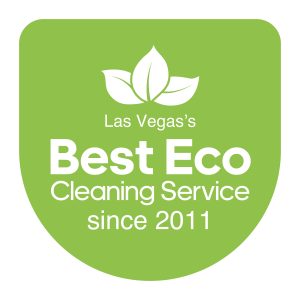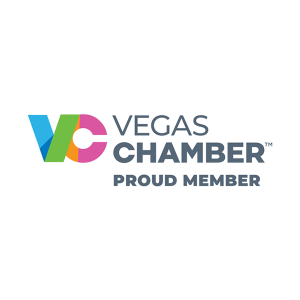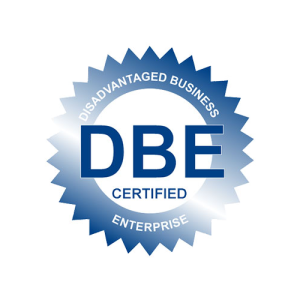What is Green Cleaning?
Green cleaning is a way to clean that is good for both people and the environment. Let me break it down simply.
Using Eco-Friendly Products: This means choosing cleaning materials that don’t hurt the planet. These products use ingredients that are earth-friendly and avoid stuff that could harm our natural world.
Focusing on Health: These green products are not just good for the Earth, but they also take care of our health. They steer clear of strong chemicals, lowering the chance of health issues that might come from traditional cleaning products.
Sustainable Cleaning Methods: It’s also about the way we clean, making sure our cleaning habits are good for the environment over time. It’s important to consider not only the cleaning products themselves but also how they are used.
By keeping these ideas in mind, green cleaning ensures our spaces are clean without causing harm to our planet or our health.
Why is Green Cleaning Important?
The importance of green cleaning is about more than just keeping our homes and offices tidy. It’s crucial for protecting our planet for future generations.
Traditional ways of cleaning often use chemicals that can be harmful to animals, the quality of our water, and the whole environment.
Choosing green cleaning means we’re doing our part to lessen these harmful effects.
Keeping Waterways Safe: A lot of regular cleaning products have ingredients bad for water creatures. When these chemicals end up in our drains, they can harm the life in rivers, lakes, and oceans.
Helping the Soil: Some strong chemicals in cleaners can make the soil worse, which is bad for plants and the tiny organisms that keep the environment healthy.
Looking After the Air: Many usual cleaning products have Volatile Organic Compounds (VOCs) that can get into the air, adding to pollution and climate change.
Encouraging Biodiversity: Using fewer toxic chemicals helps keep the natural balance, so lots of different plants and animals can live well.
By choosing green cleaning, we’re not just cleaning in a way that’s better for the environment; we’re also helping all parts of nature work better together.
This way, we’re making sure we leave a healthier planet for the people who will live here after us.
Benefits of Adopting Green Cleaning Practices
1. Creating a Healthier Indoor Environment
- Improved Air Quality: Switching to green cleaning reduces volatile organic compounds (VOCs) in the air, leading to cleaner indoor air which is crucial for people with asthma or allergies.
- Reduced Respiratory Problems: Green products decrease the risk of inhaling harmful chemicals, thus minimizing respiratory issues and allergic reactions.
- Safer for Users: These products are generally safer for people using them, reducing the risk of skin burns or inhalation injuries from harsh chemicals.
- Non-toxic Ingredients: Green cleaning items often use natural, non-toxic ingredients, making them safer and environmentally friendly when disposed of.
- Avoids Health Problems: The use of safer ingredients in green cleaning products helps avoid various health problems associated with traditional cleaners.
Adopting green cleaning promotes a safer, healthier indoor environment, beneficial for everyone, especially those with health sensitivities.
2. Reducing Chemical Exposure and Its Long-Term Effects
- Healthier Choices: Green cleaning supports overall wellness by reducing exposure to harmful chemicals found in traditional cleaning products.
- Minimizes Health Risks: These products lessen the risk of skin irritations, allergic reactions, and long-term health issues like respiratory conditions.
- Protects Vulnerable Populations: Green cleaning is crucial for children, the elderly, and those with pre-existing health conditions, reducing their exposure to toxic chemicals.
- Support for Cleaners’ Health: Professional cleaners, who are frequently in contact with cleaning products, benefit from reduced exposure to hazardous chemicals.
- Long-Term Benefits: The shift towards green cleaning can lead to decreased health care costs and a reduction in chronic health conditions related to chemical exposure.
Choosing green cleaning practices reduces the harmful health impacts of traditional cleaning chemicals, benefiting both immediate users and broader communities.
3. Cost-Efficiency and Sustainability in the Long Run
- Reduced Health Care Costs: By minimizing health risks, green cleaning can lead to lower health care expenses due to fewer medical conditions and allergic reactions.
- Longer-lasting Products: Green cleaning products often last longer, leading to cost savings as they need to be purchased less frequently.
- Efficient Resource Use: The use of concentrated or biodegradable ingredients in green products leads to less waste and more efficient resource utilization.
- Maintenance Savings: Surfaces and items cleaned with non-toxic products maintain their condition longer, reducing the need for costly repairs or replacements.
Adopting green cleaning practices not only benefits the environment but also proves to be a cost-effective and sustainable choice in the long term, highlighting the financial and ecological advantages of these methods.
Understanding Green Cleaning Products and Labels
When picking green cleaning products, knowing what the labels mean is crucial for choosing ones that are truly good for the environment. Here’s a simplified guide:
Official Certifications to Look For
- USDA Organic: Not just for food. If a cleaning product is USDA Organic, it means it has 95% or more organic ingredients, free from synthetic stuff like pesticides and chemical fertilizers, and made without harmful processing.
- ECOLOGO: This certification shows a product has passed strict tests proving it’s environmentally friendly, from the materials used to how it’s made.
Companies like ServiceMaster Clean have products with these certifications, showing they’re serious about being eco-friendly.
Benefits of Certifications
- Transparency: Certifications give you a clear idea of a product’s environmental impact.
- Credibility: An official seal means you can trust the product to be eco-friendly and safe.
- Filling Regulatory Gaps: Certifications set high standards for products, which is especially helpful where laws might be lacking.
Be Cautious of Certain Labels
Words like “green”, “eco-friendly”, “non-toxic”, and “cruelty-free” sound good, but without certifications, they might not always mean much.
Key Terms on Labels
- Naturally Derived: The ingredients come from nature, not a lab.
- Low VOCs: Less pollution, better for indoor air.
- Biodegradable: The product breaks down naturally, leaving no harmful residues.
By understanding these labels and looking for certifications, you can make better choices for eco-friendly cleaning products.
The Need for Stronger Regulations
- Variety of Options: There are many green cleaning products out there, from simple baking soda and vinegar to more advanced commercial products.
- Labels and Meanings:
- Green: Less environmental impact.
- Eco-friendly: Safe for people and pets.
- Non-toxic: Safer ingredients.
- Cruelty-free and Naturally Derived: Ethically made, no animal testing.
However, despite good options and certifications:
- Inconsistent Oversight: The green cleaning industry’s regulations are patchy, not covering everything.
- Misleading Claims: Some products make big eco-friendly promises but don’t back them up.
- Performance Issues: Without strict rules, some green products might not work as well or could even be risky.
There’s a clear need for better rules in the green cleaning world to make sure products are truly safe and effective.
Simple Green Cleaning Methods for Your Home
Green cleaning is good for the planet and can clean your home well. Here’s how you can use white vinegar and baking soda, two common items you might already have, in your cleaning:
White Vinegar:
- Fights Mold: White vinegar is great against mold and mildew because it stops fungus growth. Just spray it on moldy spots, wait a bit, and then clean it off.
- Cleans Grease: Vinegar can break down grease, so it’s great for cleaning oily spots in the kitchen. Mixing vinegar with water makes a good cleaning spray.
- For Shiny Windows and More: Use it to clean windows and mirrors for a streak-free look. You can also mix it with water to clean floors and countertops.
Baking Soda:
- Removes Odors: Put a box in your fridge or sprinkle some in trash cans to get rid of bad smells.
- Soft Scrubbing: Baking soda is gently rough, so it’s good for scrubbing sinks and tubs without scratching them.
- Helps with Laundry: Adding half a cup of baking soda to your laundry can make your detergent work better and keep clothes smelling fresh.
Using these simple green cleaning tips means you’re choosing a healthier option for your home and the Earth. Plus, you might not even need to buy anything extra since these ingredients are usually already around the house.
Switching to Green Cleaning: Easy Steps
Switching to green cleaning might seem tough at first, but it’s really just about making small changes to how you clean. Here’s how you can start moving towards a greener cleaning routine in your home or business:
Understanding Your Cleaning Needs and Choosing Green Options
- Check Your Current Cleaning Supplies: Take a look at what you’re using now for cleaning. Make a list of these products and what you use them for, like getting rid of grease, making things smell nice, or just general cleaning.
- Find What Needs Changing: Look at your list and see which items have harsh chemicals that you could swap out for greener choices. Think about what you use the most or what seems the most harmful and start with those.
- Look for Green Products: For the products you want to change, find green alternatives that do the same job. Check the labels for trusted seals like USDA Organic or ECOLOGO to make sure they’re really green.
- Try Making Your Own Cleaners: Some of the best green cleaners can be made with things like vinegar and baking soda. Look up how to make your own safe and effective cleaners.
- Focus on Important Areas: Pay special attention to the kitchen and bathroom. These places are often cleaned with strong chemicals, so they’re good spots to start using green methods.
By following these steps, you’ll come up with a plan that works for you. It’s all about making the change bit by bit. You don’t have to do everything at once; even small changes can make a big difference for the environment and your health over time.
Educating Users on Green Cleaning Practices
The next part of this journey involves educating those who will be using these new green cleaning practices—whether it’s yourself, family members, or a professional cleaning staff.
Training is essential to maximize the effectiveness of green cleaning methods and ensure everyone understands their benefits.
Here are simplified steps for getting cleaning staff on board with green cleaning:
- Start with an Introduction
- Explain what green cleaning is and why it’s good for the planet, their health, and the workplace.
- Share stories of other places that have switched to green cleaning successfully.
- Training
- Provide training sessions on how to clean the green way, including how to use new products and equipment.
- Teach the difference between old products and new, green ones, focusing on safety and how well they work.
- Show How It’s Done
- Give hands-on demonstrations of green cleaning techniques.
- Emphasize important practices like how to mix cleaning solutions correctly, how to throw away things safely, and how to save materials.
- Keep Everyone Updated
- Regularly share the latest news and updates about green cleaning products and methods.
- Ask for feedback to make things better.
- Say Thank You
- Acknowledge and thank staff for their efforts in learning new ways of cleaning.
- Consider rewards or recognition for those who do a great job with green cleaning.
Training isn’t just about following rules. It’s about helping staff understand the importance of their work in protecting health and the environment, encouraging them to take pride in their green cleaning efforts.
The Ongoing Journey towards Sustainability in Cleaning Practices
Switching to green cleaning isn’t just a trend—it’s our way of helping the planet and keeping people healthy.
AvantiGreen is at the forefront, using eco-friendly products and new cleaning methods that are good for both our places and the environment. Here’s what’s important in our journey:
- Always Getting Better: We’re constantly finding better ways to clean that are more efficient and less harmful to the earth.
- Teaching and Involving Others: AvantiGreen leads by teaching our team and customers why green cleaning matters, making sure everyone knows its benefits for health and the environment.
- Being Open and Honest: We choose products that are certified as eco-friendly, which means you can trust what we use and know it’s safe.
- Supporting Public Health: Our approach helps to reduce contact with strong chemicals, making homes and workplaces safer.
By picking green cleaning with AvantiGreen, you’re joining a big group of people who care about health and the environment. Together, we’re working towards a future where clean spaces come without harming our planet.
FAQs (Frequently Asked Questions)
What is Green Cleaning?
Green cleaning involves the use of environmentally friendly products and methods to minimize negative impacts on human health and the planet. It emphasizes the core principles of sustainability and eco-friendliness.
Why is Green Cleaning Important?
Green cleaning is important because it plays a crucial role in preserving the environment for future generations. It helps avoid potential harm that traditional cleaning methods can cause to ecosystems and biodiversity.
What are the Benefits of Adopting Green Cleaning Practices?
Adopting green cleaning practices offers various benefits, including creating a healthier indoor environment, reducing chemical exposure and its long-term effects, and achieving cost-efficiency and sustainability in the long run.
What are Official Certifications to Look for in Green Cleaning Products?
Recognized third-party certifications validate the sustainability claims of green cleaning products, such as USDA Organic and ECOLOGO. Certification ensures the credibility and transparency of green cleaning practices, supporting initiatives like ServiceMaster Clean’s certified green proprietary products.
What are Effective Green Cleaning Methods to Try at Home?
Effective green cleaning methods include using white vinegar as a versatile and non-toxic cleaner with antifungal properties, as well as utilizing baking soda for its deodorizing and mild abrasive qualities, making it a great eco-friendly option for various cleaning tasks.
How can I Make the Transition to Green Cleaning? What are Practical Tips?
To transition to green cleaning, it’s important to evaluate cleaning needs and identify suitable green solutions. Additionally, educating and engaging cleaning staff in the transition process by providing proper training on green cleaning procedures is essential.



